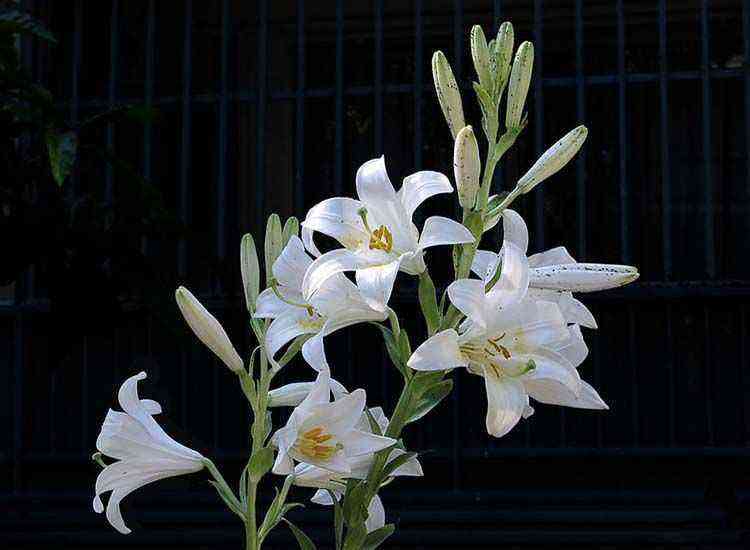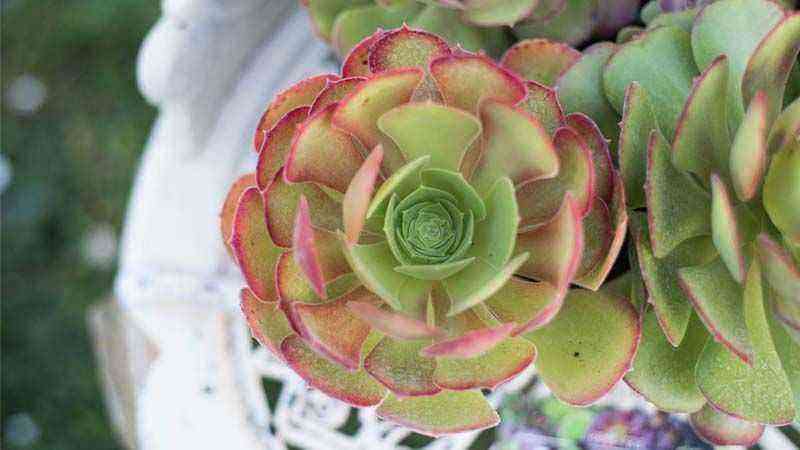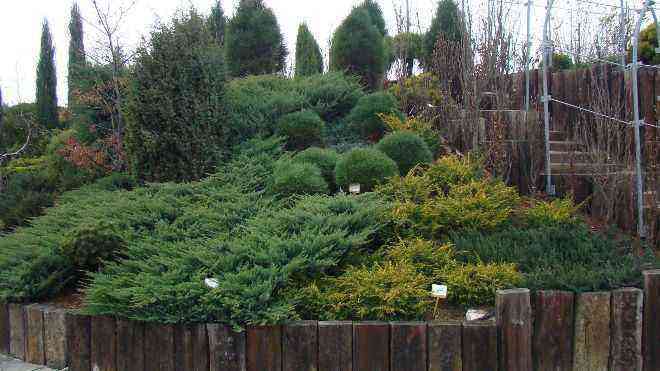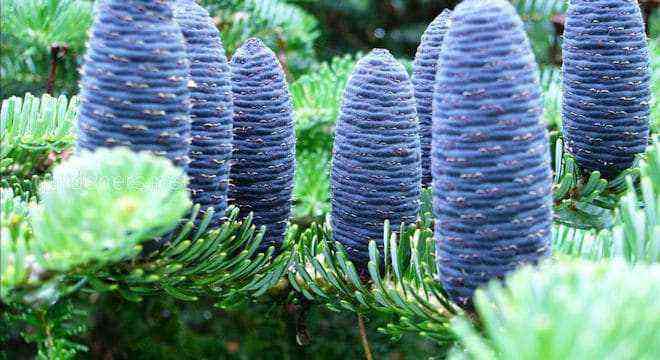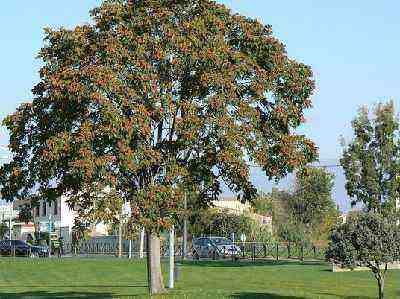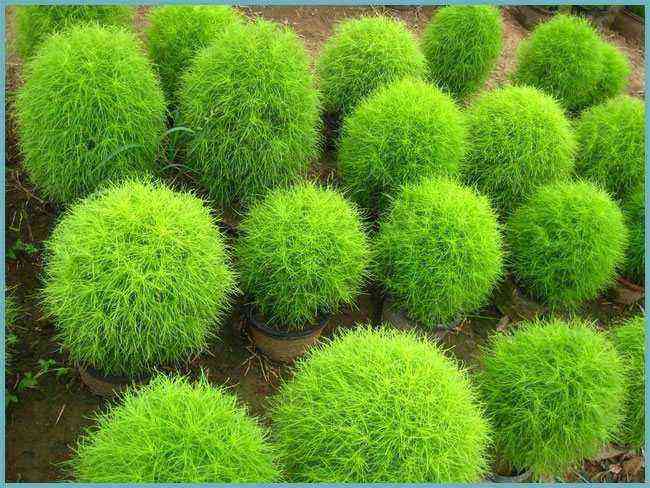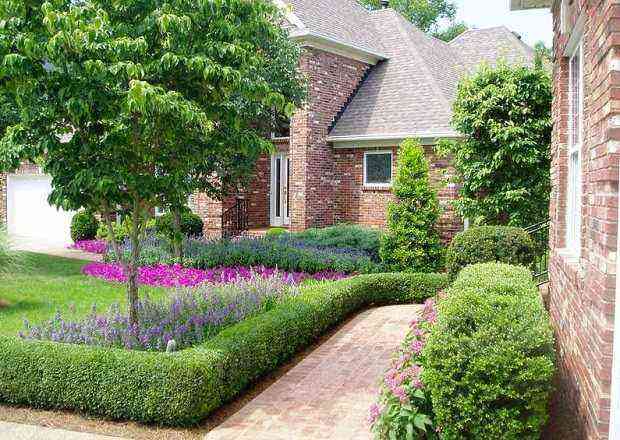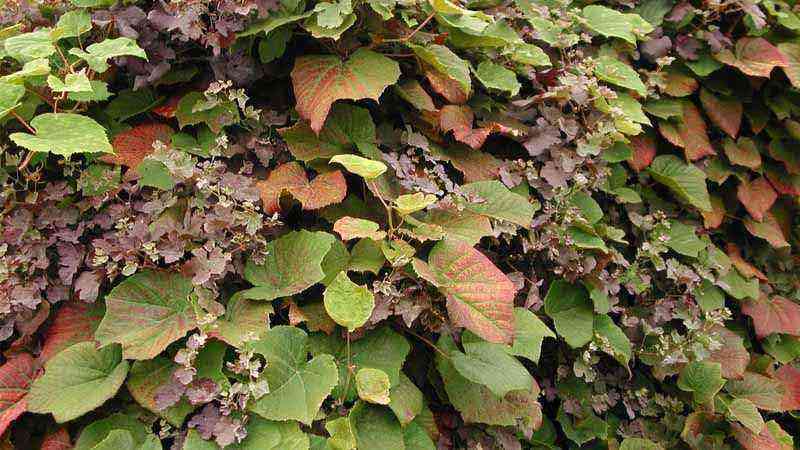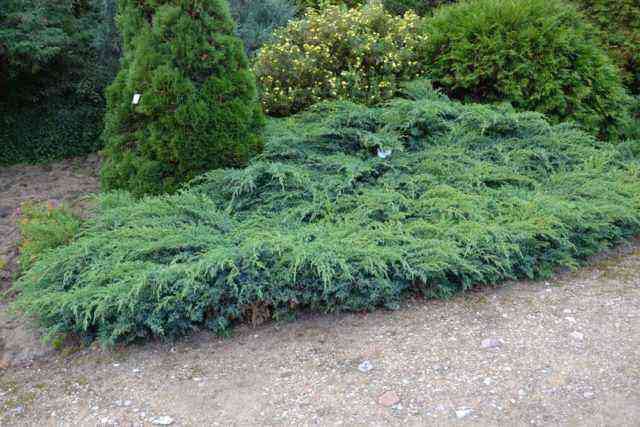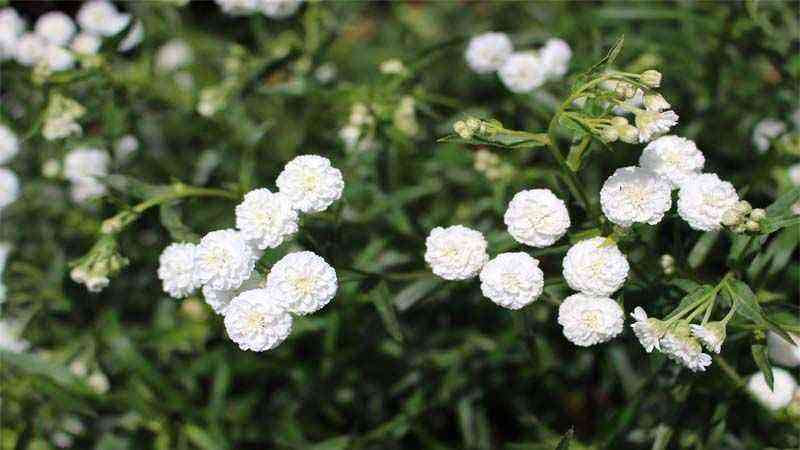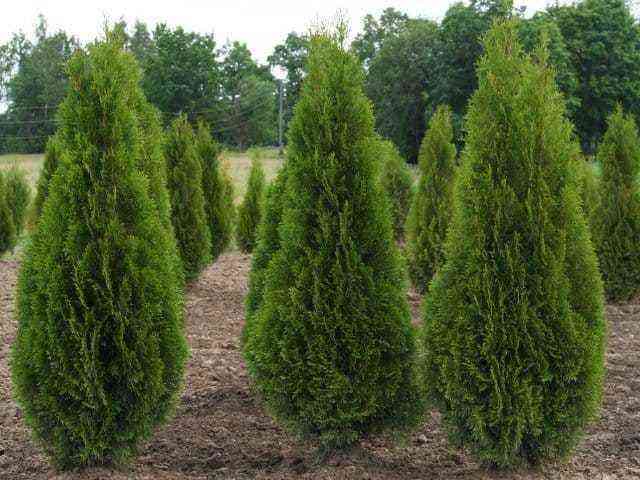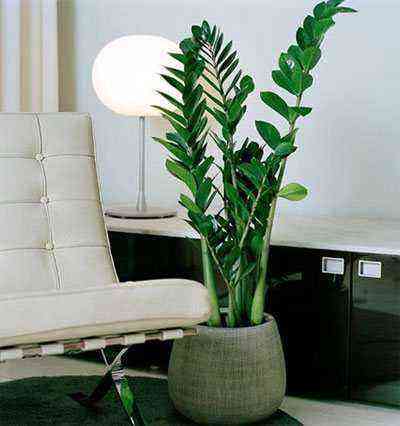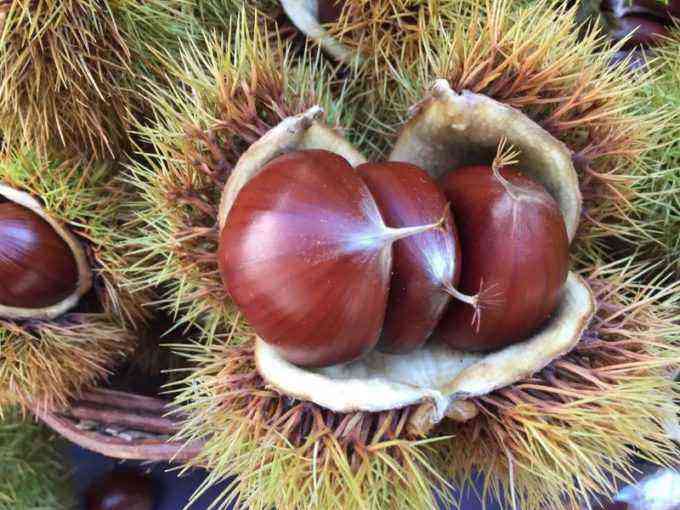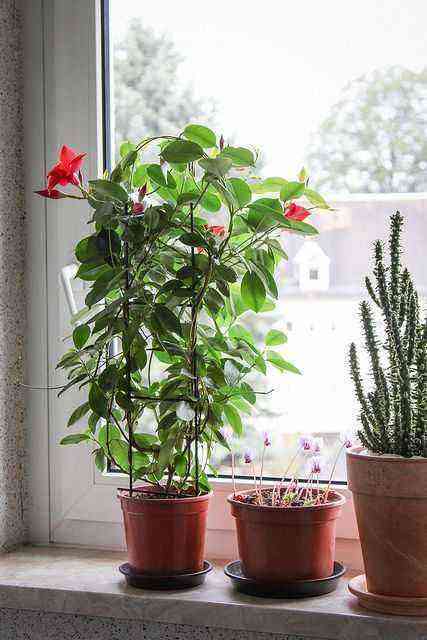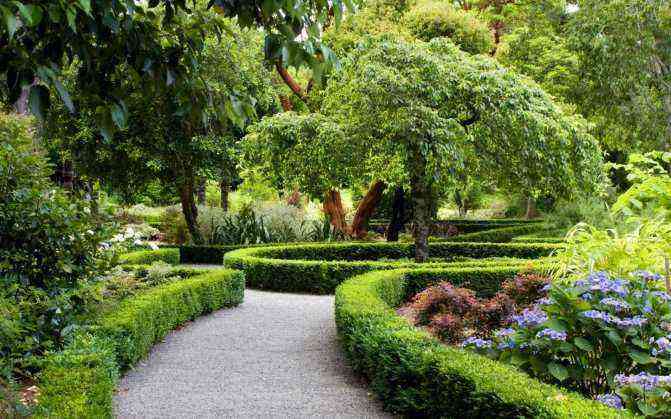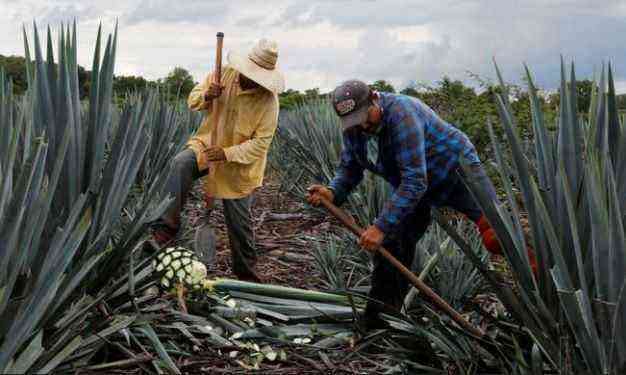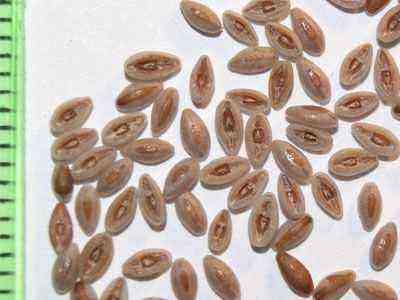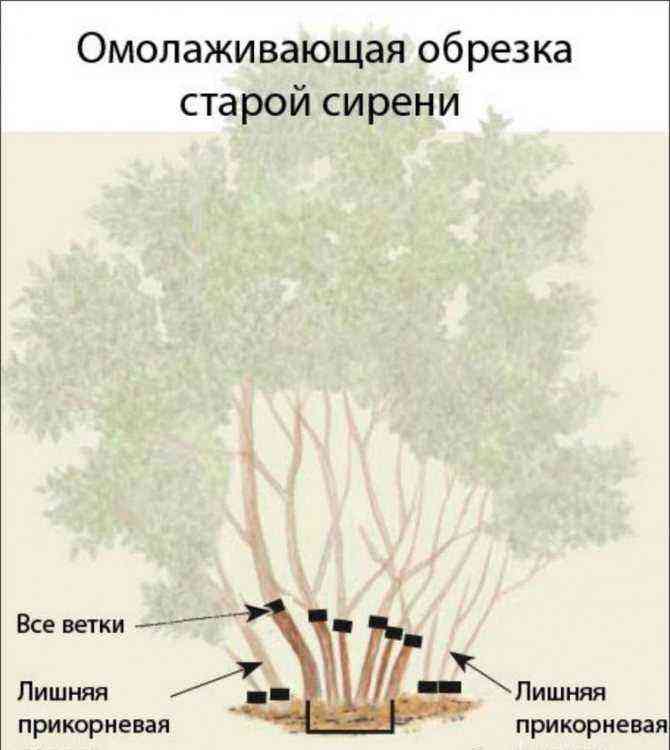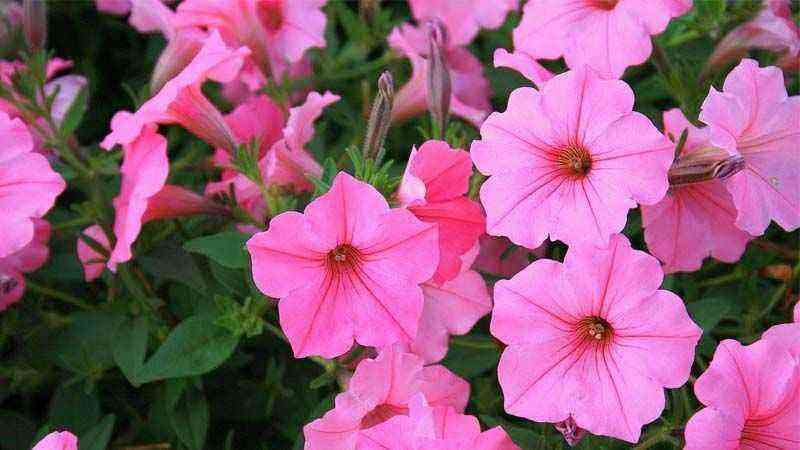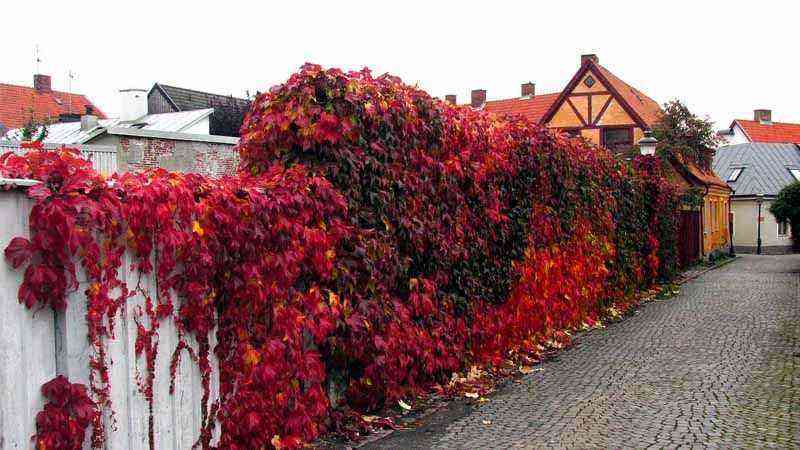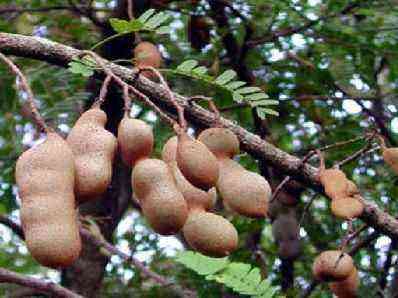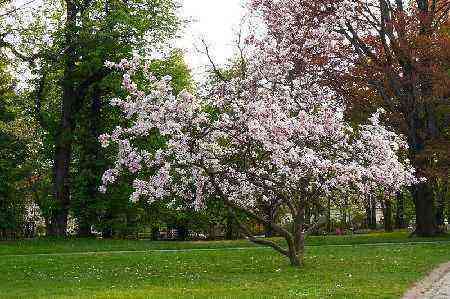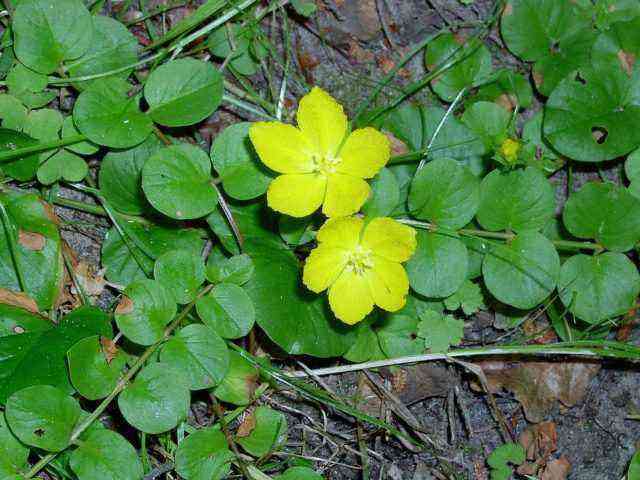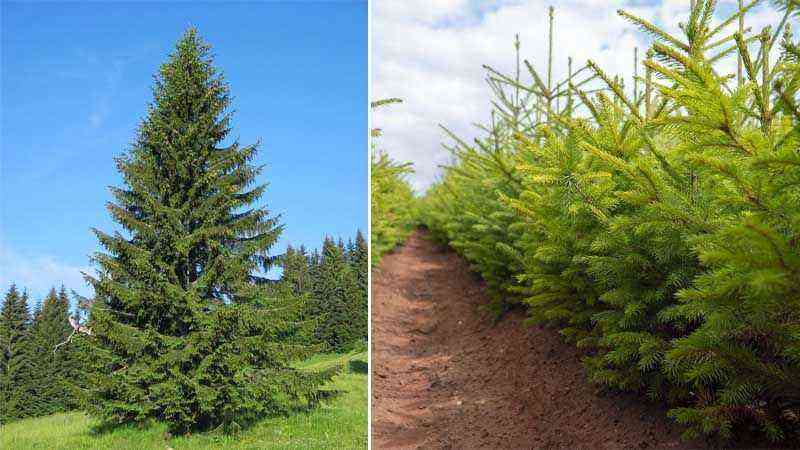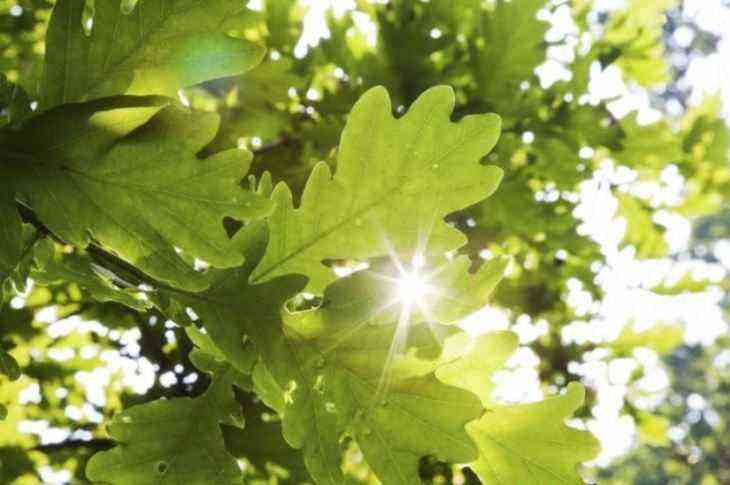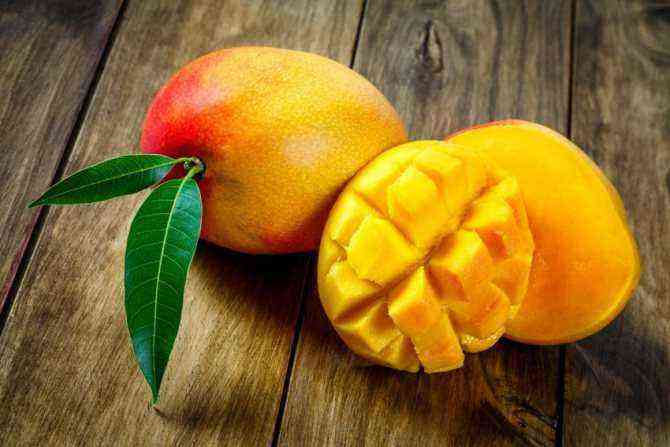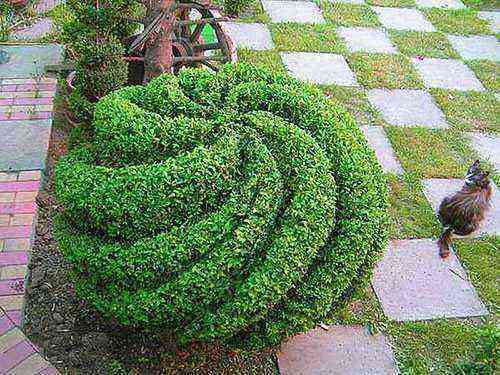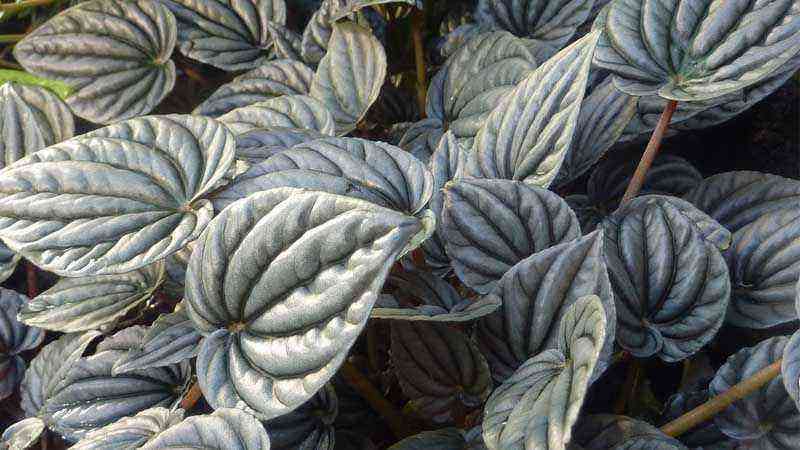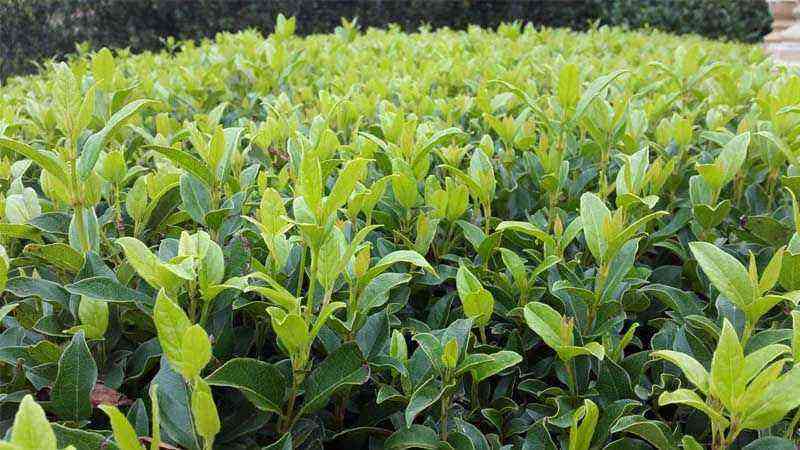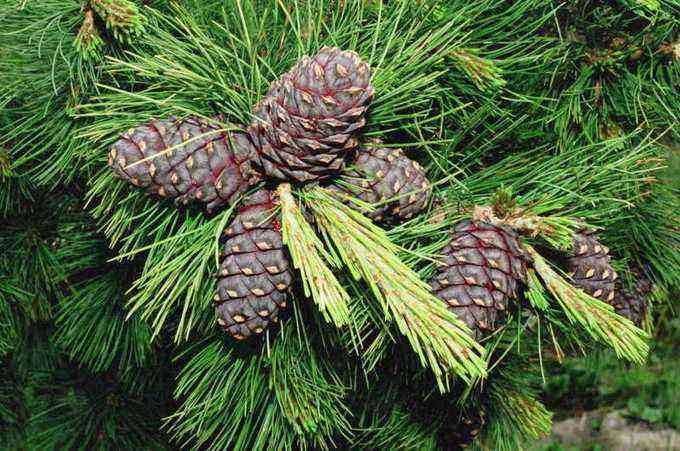Birch (Betula pendula) it is a well-known tree in Spain. You don’t have to take more than two steps along the banks of a river, park or garden in almost any Spanish city to come across one of these very characteristic specimens.
Let’s find out why it’s a park and garden design favorite.
Characteristics of birch as a tree
What do we look at from the birch to know that it is a birch?
Indeed, the trunk.
That trunk of nuclear white bark with dark-colored transverse cracks that makes it so so characteristic.
Undoubtedly, a small arboreal mass of birch always gives a different touch for this white bark.
On the other hand, its rhomboid-shaped serrated leaf can also help us to identify it, although what is unmistakable are the inflorescences called catkins.
The catlike inflorescence has the appearance of a hanging raceme that is very present in trees of the family of the Phagaceae.
This pendular inflorescence is what defines the tree’s scientific name, Betula pendula.
Easy right?
I don’t think you will forget the name when you see the tree!
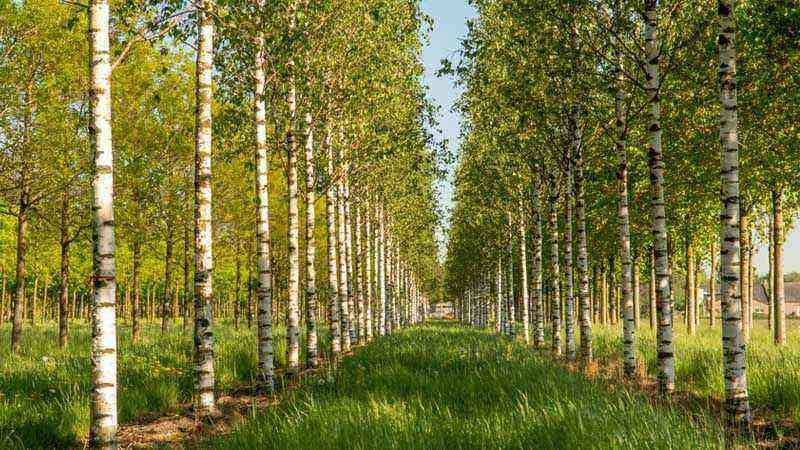

Why is it so abundant in parks, gardens and the odd forest?
Birch has a series of characteristics that are ideal for ornamental cultivation or repopulation. Because of this, it is one of the most recurring deciduous candidates:
- Deciduous character: Although conifers are the kings of gardens due to their perennial nature, having deciduous species that turn yellow in autumn and change color in the landscape is also highly desirable.
- Rapid growth: It is considered a fast growing tree (in its early years) so for new parks and gardens it will be advantageous to give relatively fast leafiness. It is also taken into account for reforestation.
- Pruning is not good for you: Pruning must be oriented towards maintenance. Eliminate dead and diseased tissues and little else. Severe pruning can lead to destruction of the tree through wounds and loss of sap. This reduces landscaping maintenance costs.
Essential oil and birch wood
Leaving aside the characteristics and ornamental purposes, birch has other benefits that have been and are used by humans.
Its bark contains a very important amount of essential oils widely used for many purposes.
Raw birch pitch It is used for the manufacture and treatment of leather, to extract many of the aromas from perfumes and lotions. It has also been widely used to treat dermatological diseases such as dermatitis, eczema, psoriasis, etc.
Wood is very flexible being widely used in northern European countries for the manufacture of skis for example.
In Russia, the famous Matrioshkas or Russian dolls, are traditionally made with birch wood among others.


Optimal birch development conditions
Let’s see what are the development conditions of this peculiar tree
The soil, an essential factor
We usually associate birch with riverbanks. The reason is that the superficial roots that it has, have to have a constant humidity. It is an essential factor for the correct development of the tree. It requires fertile soils and acidity (<6.5). Depends on birch species, the characteristics may change. There are varieties that withstand semi-swampy areas and very acidic pH (Betula pubescens).
Irrigation
As we have already discussed, as long as you have constant humidity on the bank of a river, there will be no problems.
If the birch is in a garden, it will require frequent watering in areas with low rainfall.
Sun exposure
Although it is a tree with great resistance to cold, it needs moderate sun exposure. Areas that are too shady are not the ideal place for optimal growth
